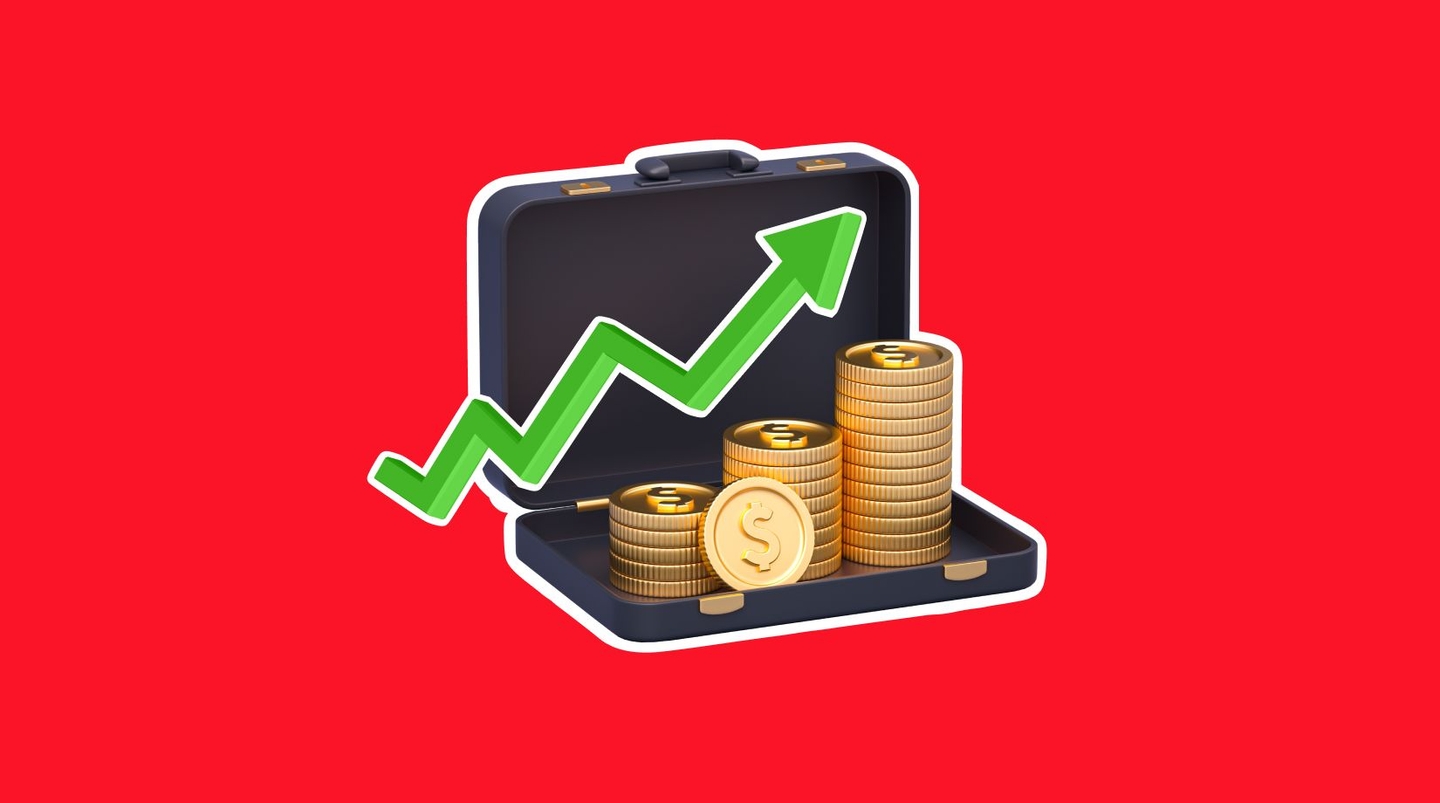US Bond Yields continue to climb to their highest level in more than 16 years, putting immense pressure on stocks. The SNP500 declined to its lowest level since June 9th, and the Dow Jones to its lowest point since July 10th. In addition, the US Dollar increased to a six-month-high. The above price movement indicates an apparent “risk-off” sentiment amongst investors. The low-risk appetite is a result of a potential US government shutdown. A shutdown would see some government employees continue work without a day, others on reduced pay, and others would be furloughed.
Moody, the well-respected credit rating agency, has already voiced concerns regarding a possible short-lived shutdown. Moody advises, "While government debt service payments would not be impacted and a short-lived shutdown would be unlikely to disrupt the economy, it would underscore the weakness of US institutional and governance strength relative to other Aaa-rated sovereigns that we have highlighted in recent years.”. If agencies degrade the economy again, US instruments may experience temporary pressure. So far, investors are running to the safe haven currency of the global economy. The US Dollar experienced one of its bullish days in almost two weeks yesterday. The currency this morning is again significantly rising. The US Dollar Index is now trading at 106.14, 0.15% higher than the market open price. The weakest currency of this morning’s Asian session is the British Pound, which is declining against all currencies.
A positive factor for the Federal Reserve and the stock market is a recent decline in the price of Oil. Over the past week, the price of Crude Oil has fallen more than 4%. However, economists are advising the price will need to decline below $80 per barrel to support the stock market and riskier assets. The oil price has fallen due to Dollar strength and a potential interest rate hike.
SNP500 - Bond Yields Put Stocks Under Siege
The SNP500 has been amongst the poorest amongst the top ten global equity-based indices. This morning, the SNP500 is witnessing one of the strongest downturns in pre-market hours, declining more than 0.60%. Ultra-high bond yields are pressuring the SNP500, which has again renewed its recent highs and has risen a further 0.014% this morning. This shows investors are adamant interest rates are likely to increase. In addition, high bond yields can easily prompt significant funds to switch to a high-yielding, safer alternative to stocks.
Higher interest rates are mainly a concern for shareholders as they will likely lower consumer demand, dividends, and shareholder risk. According to the CM Exchange Fedwatch tool, there is a higher probability of a pause in November. However, Federal Open Market Committee members are giving a different signal. Last night, Fed member Neel Kashkari advised he sees another interest rate hike this year. In addition, investors are also noting that Asian and European stocks are down this morning, which may sway demand.
If we split the SNP500 into energy, food and automotive industries, all industries are in the red this morning. However, the price of the SNP500 is at a massive discount, meaning traders should be cautious of the index not being below its intrinsic value. If the price crosses $4,324.60, buy signals are likely to materialise. The price is currently at a support level, but investors should note that momentum indicators are now pointing to a downward impulse wave. The support level may form a retracement, but if bearish momentum is again gained, investors may find an opportunity to speculate a decline at a better price.

A positive for the SNP500 is from the top ten most influential stocks; only three are down in the pre-market hours. Apple, the most influential stock, rose 0.74% during yesterday’s session and 0.028% this morning. However, on September 30th, the US budget providing funding will expire. Up to now, government officials have been unable to reach an agreement to ensure government spending through the end of this year. This week will be crucial for negotiations for negotiations and US-based assets. Failure to get a deal could lead to layoffs of government workers, cancellation of benefits and put pressure on the SNP500.
EUR/USD - US Dollar Strengthen
The Euro witnessed its worst day since September 14th, with the exchange rate declining 0.69% before retracing. Investors should also note the exchange rate is at its lowest price since March 13th. However, this morning, the Euro is increasing in value against all currencies except the US Dollar. Therefore, traders should be cautious of a “tug-of-war” scenario. The price of the Euro has improved since the opening of the European Cash Open, but medium-longer term price movements continue to favour the Dollar. This is due to a more resilient US economy and expected further Fed rate hikes. At the same time, the European Central Bank is less likely to hike rates due to economic stagnation.
The government negotiations, the US Gross Domestic Product, and Friday’s PCE Price Index are significant factors for the US Dollar. Specifically, the Fed hike chances increase if the PCE Price Index reads higher than 0.2%. The main influential factor for the Eurozone will be Thursday’s German and Spanish inflation data. If the EUR/USD price rises above 1.05925, the exchange rate will likely form a crossover and move above the VWAP. This can potentially point to a correction to the previous price range from last week.

Summary:
- US Bond Yields continue to climb to their highest level in more than 16 years, putting immense pressure on stocks.
- The SNP500 is witnessing one of the strongest downturns in pre-market hours, declining more than 0.60%. The downward price movement is due to high yields, possible hikes, and low investor risk appetite.
- All industry sectors of the SNP500 are in the red during this morning’s Asian session. Both European and Asian stocks are declining.
- The government negotiations, the US Gross Domestic Product, and Friday’s PCE Price Index are significant factors for the US Dollar.
- The chances of a Fed hike will increase if the PCE Price Index reads higher than 0.2%.


